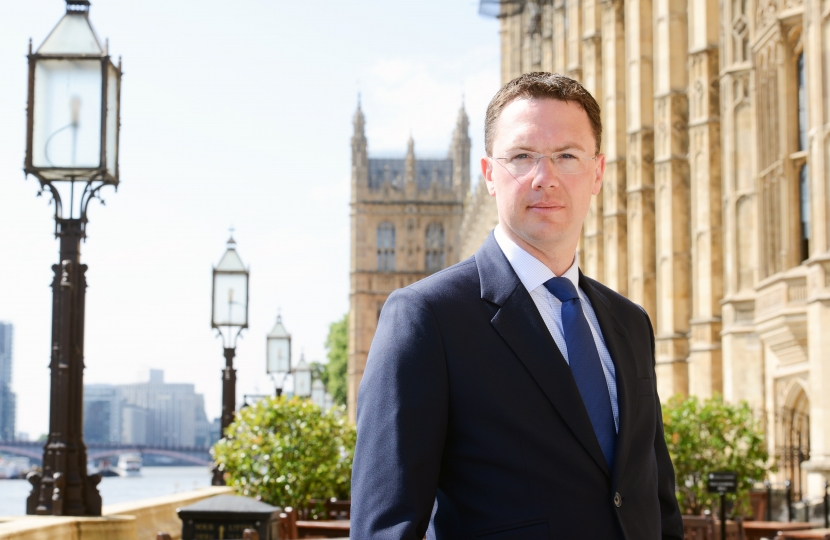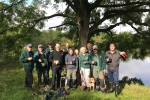
Hedgehogs are, in their own understated way, an iconic British species - yet their populations are in steep decline, and have fallen by two-thirds since 1995. Britain’s only spiny mammal roams an average of two kilometers every night, but the lack of connected space to explore is devastating the native population. Likewise, three bumblebee species have become extinct in recent decades, in part due to their fragmenting habitats, including wildflower meadows. Wildflowers are also the food of choice for young turtle doves, which have declined by 90% since the 1980s. We run the risk of building a Britain without the beautiful natural inheritance that we have taken for granted. In order to tackle this we need not only to protect the habitats these creatures depend on, but link them up with a series of joined-up Nature Recovery Networks.
It is difficult for any business, council or developer to support the Government’s goals without clear targets and pathways to get there. Just as we set emission reduction targets to tackle climate change, so too we will set out targets to enhance our countryside and protect British wildlife in the upcoming Environment Bill. We’ve made great strides already with the 25 Year Environmental Plan which has outlined how we aim to leave the environment in a better state than we found it. And while investment in our existing national park structures and protected areas is vital, these in isolation won’t be enough. In order for all of us to work together to stop, and even reverse, the worrying trend in our declining wildlife, we need a better understanding of what needs protecting and where.
Nature Recovery Networks aim to utilise spatial planning tools to create a clear map of habitats, assets and natural features that can be assessed, protected and monitored to improve the delivery of our environmental targets. By using local expertise to create a national framework, we can work together to ensure a joined-up approach to protecting these spaces. It also gives farmers, developers and councils the clarity and confidence to make strategic decisions around these areas to manage the land effectively. It could mean, for instance, that several farmers team up to connect their hedgerows or that councils plant wildflowers along connected motorway verges. We can make sure these networks are included in our local plans and better assess where public funds should be spent to support this vital public good.
These networks can also identify space for more trees, which is particularly important after the Committee on Climate Change stated that we need to double the number of trees we’re planting if we plan to meet carbon sequestration targets. We now have a great Tree Champion in Sir William Worsley, to help us to implement our manifesto commitment of planting 11 million trees, plus a further one million urban trees in towns and cities. However, finding where these trees can go, and the most effective spaces where they can best support wildlife, can be a key function of the Nature Recovery Network.
Spatial planning is a translatable tool that different sectors can understand and factor into their decision making. We already use it to consider how to reduce flood risks or manage air pollution. Consulting on the national adoption of this plan would give local stakeholders and communities a chance to give their input on the areas in their neighbourhoods that need protecting, giving them a vested interest in the network’s success. It also gives us a chance to reconnect some communities with nature, particularly in rural areas. We know how access to parks can improve mental and physical health outcomes, so supporting a network of green spaces can help us humans too.
It is clear that business as usual cannot continue without risking even more of our precious wildlife. In many ways we have already led the world on how we respond to environmental breakdown - for example through introducing the world’s first Climate Change Act. We set targets to reduce our emissions, and we then reduced our emissions faster than any other G7 nation. We can now set conservation targets and outline pathways to meet them in an equally ambitious way. We can’t expect wild species to be increasingly confined to fenced off areas of nature, and we shouldn’t need to if Nature Recovery Networks can give them broader connected spaces to roam. I hope that the Environment Bill expected in the summer will consider this as a practical way to translate our ambitious objectives into reality.
Robert Courts MP
This article was first published on the Conservative Environment Network website: www.cen.uk.com/.

